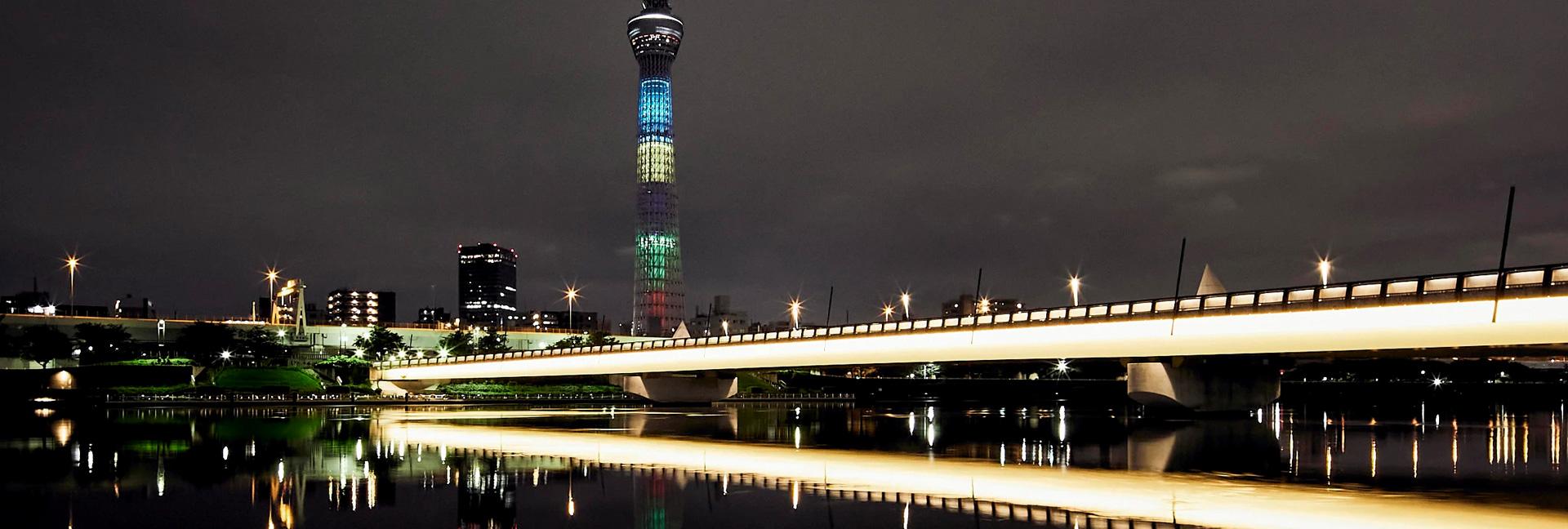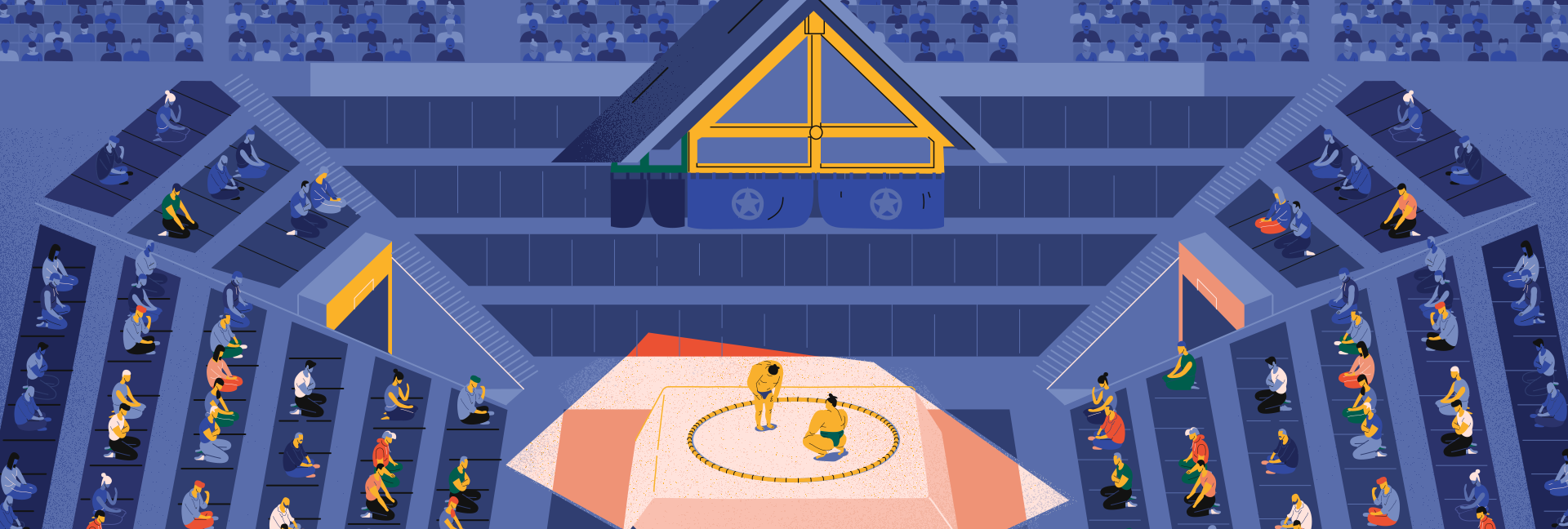For many people, the year 2021 may have started, but 2020 has not ended yet. This is understandable: The social isolation brought about by the coronavirus pandemic made the world suspend rites, festivities, competitions, and other local and global celebrations.
The largest multi-sport event in the world, the Tokyo Olympic and Paralympic Games, is perhaps the best example of a year that has not come to an end. So much so that, even after postponing the competition to 2021, the organizers chose to keep 2020 in its name. Thus, Tokyo 2020 will take place between July and September 2021, something unprecedented in the history of the competition.
The Japanese know that the Tokyo Olympic and Paralympic Games will be like no other. Audience restrictions are likely to continue until then, forcing them to create multiple strategies. But, even in the face of so many route adjustments, Japan wants to turn the event into a symbol of communion using one of the country’s great attractions: Technology.
A leader in areas such as robotics, aeronautics, and electronics, Japan will seek to show the world some of the technologies of the future. It will be a kind of reissue of what happened at the Tokyo Olympic and Paralympic Games in 1964, when the country showcased the bullet train, something that would become a hallmark of progress in Japan. For 2021, the world’s eyes are likely to turn to robots and the Internet of Things, two technologies that permeate the Japanese culture of innovation.
Although the pandemic will prevent people from going, Tokyo hopes to welcome 11,000 athletes and more than 4,000 para athletes from 206 different countries. Such success demands thorough transportation service planning. That is why sensors coupled to trams, buses, and trains collect data, identify weaknesses, and point out where and when maintenance is needed. All communications take place in real time so there are no delays or unforeseen events.
At airports, athletes and tourists will be welcomed by a robot from the Haneda Robotics Lab, which serves as a multilingual guide and can, in a few sentences, answer the visitors’ logistical questions. The same robot is capable of scanning suitcases and containers and, if it finds anything suspicious, of reporting it to the authorities. It is part of a range of robots that, in addition to bringing entertainment, are also useful to allow the event to function better.
+ Also get to know the robots that are helping to transform the Japanese educational sector.
In the stadiums, the robotic attractions are the Field Support Robot (FSR), which will help the volunteers of the games by collecting objects such as darts and balls. It has also been foreseen that there will be robots that will help people and athletes with special needs, the Human Support Robot (HSR), which can guide human beings and even carry light objects.
As would have to be the case, robots and high technology will also be the main allies to ensure the participants’ safety, both physical and virtual. In addition to robots to monitor the Olympic center, Japan will have a huge structure based on artificial intelligence. The large-scale system, integrated with cameras and drones around the city, can recognize hundreds of thousands of faces at the same time.
Another new feature in this field is Panasonic’s crowd scanning. The technology uses data from cameras attached to police cars and analyzes movements of large crowds to help with mobility and to identify suspicious behavior. The feature will be used in combination with software from the security company ALSOK, which maps facial expressions of aggression and anxiety.
In the field of virtual security, something very important in times of restrictions imposed on physical contact, Japan innovated by hiring 220 hackers capable of ensuring the protection of the event’s data and communications. This concern is justified by the number of cyber incidents in the most recent Olympic and Paralympic Games: In 2016, there were 4.2 million virtual attack attempts against the structure of the Rio de Janeiro Olympic Games.
Technology will also help restore energy in the event of a natural disaster. In 2011, earthquakes and tsunamis caused many power outages in the country, which motivated the authorities to create a more robust and resilient distribution technology. Today, Japan has smart tools that measure power use and supplies. Thus, the country optimizes power consumption and avoids waste. After all everything must go as planned at the Tokyo Olympic and Paralympic Games.




